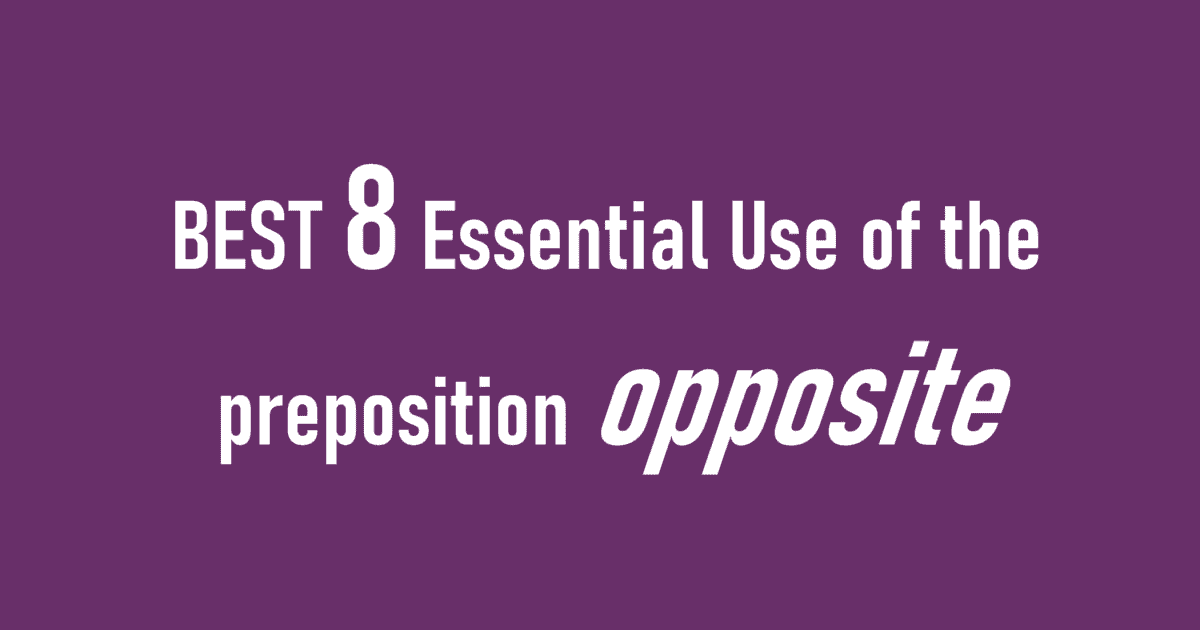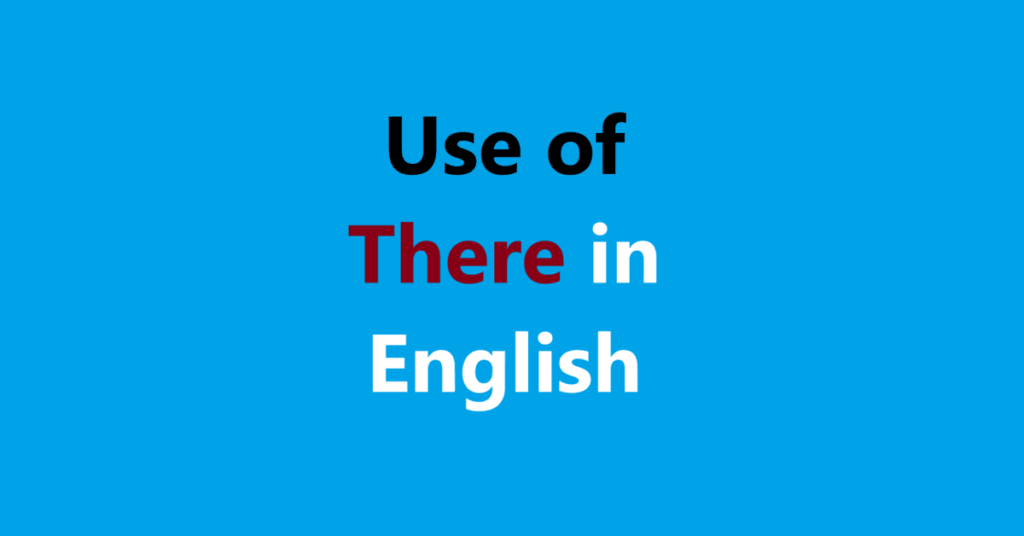Use of the preposition opposite. The preposition “opposite” seems simple enough on the surface. We use it all the time to describe things facing each other, but its versatility extends far beyond just physical positioning. Understanding the nuances of “opposite” allows for more precise and effective communication, avoiding ambiguity and ensuring your intended meaning shines through.
This post delves into the various applications of the preposition “opposite,” exploring its different meanings, grammatical considerations, common collocations, and potential pitfalls. By the end of this comprehensive guide, you’ll be equipped to confidently and accurately use “opposite” in your writing and conversation.
Use of the preposition opposite
1. The Core Meaning: Facing Each Other
The most fundamental meaning of “opposite” refers to things positioned directly across from each other, often with a shared point of reference. This meaning primarily applies to physical locations and spatial relationships.
- Examples:
- “The bank is opposite the post office.” (Meaning: The bank faces the post office, with a street or open space potentially separating them.)
- “He sat opposite me at the table.” (Meaning: He sat directly across from me, facing me.)
- “They live in the house opposite ours.” (Meaning: Their house is located directly across from our house.)
2. Beyond Physical Space: “Opposite” as “Across From”
While “opposite” frequently denotes a direct facing relationship, it can also be used more broadly to mean “across from.” This usage is particularly common when describing locations along a road or in a more general area.
- Examples:
- “The shop is opposite the park.” (Meaning: The shop is on the other side of the road or area from the park, but not necessarily directly facing it.)
- “They live opposite a school.” (Meaning: Their house is across from a school, but the school might not be perfectly facing their house.)
3. “Opposite” in the Abstract: Contrasting Ideas and Qualities
“Opposite” isn’t limited to physical descriptions. It can also be used to describe things that are completely different, contradictory, or opposed in nature. This usage often focuses on abstract concepts, qualities, or characteristics.
- Examples:
- “Love is often considered the opposite of hate.” (Meaning: Love and hate are contrasting emotions.)
- “Optimism is the opposite of pessimism.” (Meaning: Optimism and pessimism are conflicting viewpoints.)
- “The opposite of good is evil.” (Meaning: Good and evil represent opposing moral concepts.)
4. “Opposite” as an Adjective: Denoting the Opposite Side or Contrary Nature
While we primarily focus on “opposite” as a preposition, it also functions as an adjective. As an adjective, it describes something that is located on the other side or is entirely different.
- Examples:
- “Drive to the opposite side of the road.” (Meaning: Drive to the other side of the road.)
- “The opposite effect happened than what we expected.” (Meaning: The effect was contrary to our expectations.)
- “She has the opposite personality from her sister.” (Meaning: Her personality is very different from her sister’s.)
5. Common Collocations and Phrases with “Opposite”
Understanding common collocations and phrases involving “opposite” can further enhance your comprehension and usage.
- “Opposite sex/gender”: This refers to people of the other sex or gender. For example, “She is attracted to the opposite sex.” While still used, this phrasing can sometimes be considered outdated and less inclusive. Consider using “other genders” or specifying the gender you’re referring to for more precise and respectful language.
- “Opposite number”: This refers to someone holding a similar position in a different organization, country, or group. For example, “He met with his opposite number in the French government.”
- “Polar opposites”: This emphasizes the extreme difference between two things. For example, “They are polar opposites when it comes to politics.”
- “Do the opposite”: This means to act in a way that is contrary to what is expected or suggested. For example, “Instead of panicking, he did the opposite and remained calm.”
6. Avoiding Ambiguity: Clarity is Key
While “opposite” is generally straightforward, ambiguity can arise in certain situations. To avoid confusion, consider these points:
- Provide context: Ensure the context makes it clear what “opposite” is referring to. For instance, instead of saying “The store is opposite,” specify “The store is opposite the library.”
- Use precise language: If you need to be extremely precise, consider using alternative prepositions like “across from,” “facing,” or “on the other side of.”
- Consider the reader’s perspective: Think about whether the reader or listener has enough information to understand your intended meaning. If not, provide additional details.
7. “Opposite Of” vs. “The Opposite To”
This is a common point of confusion. While both phrases are often used interchangeably, there’s a subtle grammatical preference for “opposite of.”
- “Opposite of” is generally preferred: It’s considered more grammatically correct, especially in formal writing. Example: “The opposite of black is white.”
- “The opposite to” is also acceptable: It’s commonly used, particularly in British English, and is generally understood. Example: “The opposite to success is failure.”
While both are acceptable, “opposite of” is the slightly more formal and universally recognized choice.
8. The Evolving Landscape of Language: “Opposite” and Inclusivity
As language evolves, it’s crucial to be mindful of inclusivity and avoid perpetuating harmful stereotypes. The phrase “opposite sex” can feel outdated and overly simplistic, particularly in discussions about gender identity and sexual orientation.
- Consider alternatives: Instead of “opposite sex,” consider using more specific and inclusive language like “different genders,” “men and women,” or “people of other genders.”
- Be sensitive to context: The appropriateness of “opposite sex” depends on the specific context. In some cases, it may still be acceptable, but it’s always best to err on the side of caution and choose more inclusive language when possible.
Conclusion: Mastering the Art of Using “Opposite”
“Opposite” is a versatile and essential preposition with applications ranging from describing physical locations to conveying abstract concepts. By understanding its different meanings, grammatical considerations, and potential pitfalls, you can use “opposite” with confidence and precision. Remember to provide context, use precise language, and be mindful of inclusivity to ensure your communication is clear, effective, and respectful. With this comprehensive guide, you are now well-equipped to navigate the nuances of this common yet often underestimated word. Go forth and use “opposite” with mastery!
Read Also,
- Learn all prepositions
- Use of the preposition above
- Use of the preposition about
- What is Religion
- News in Hindi
- Human vs AI
- Very Important Word Lists
>>> Sir Sahil


